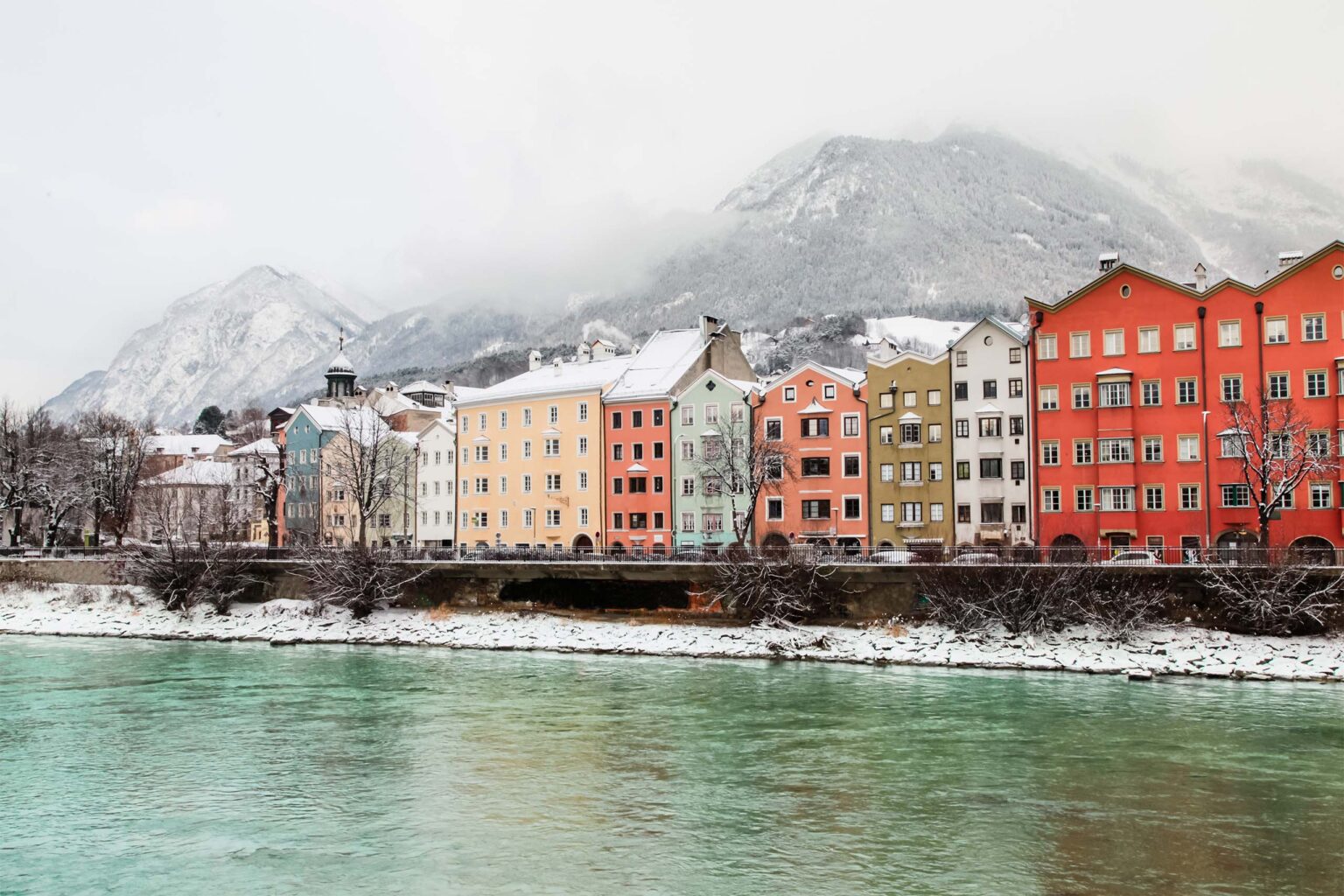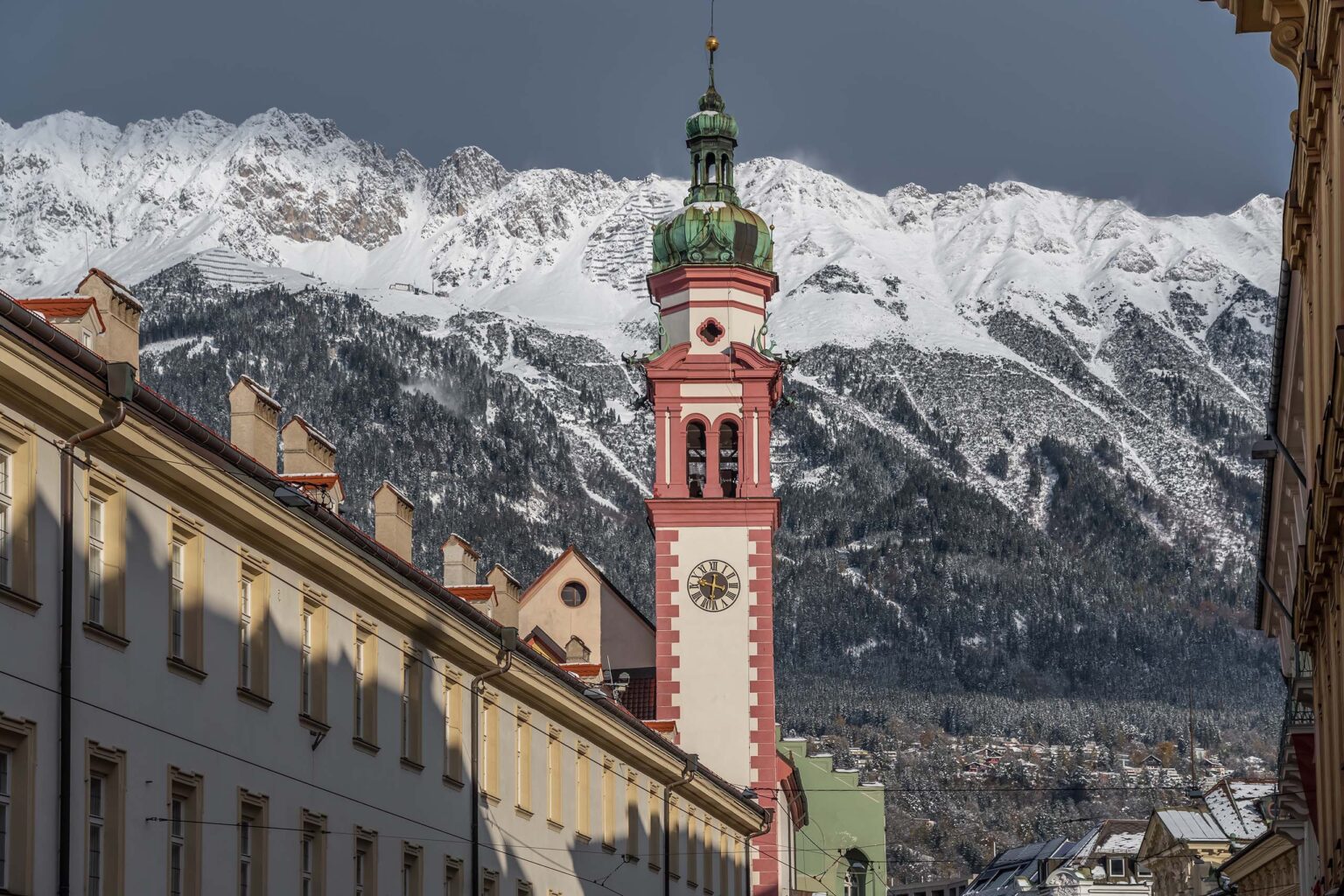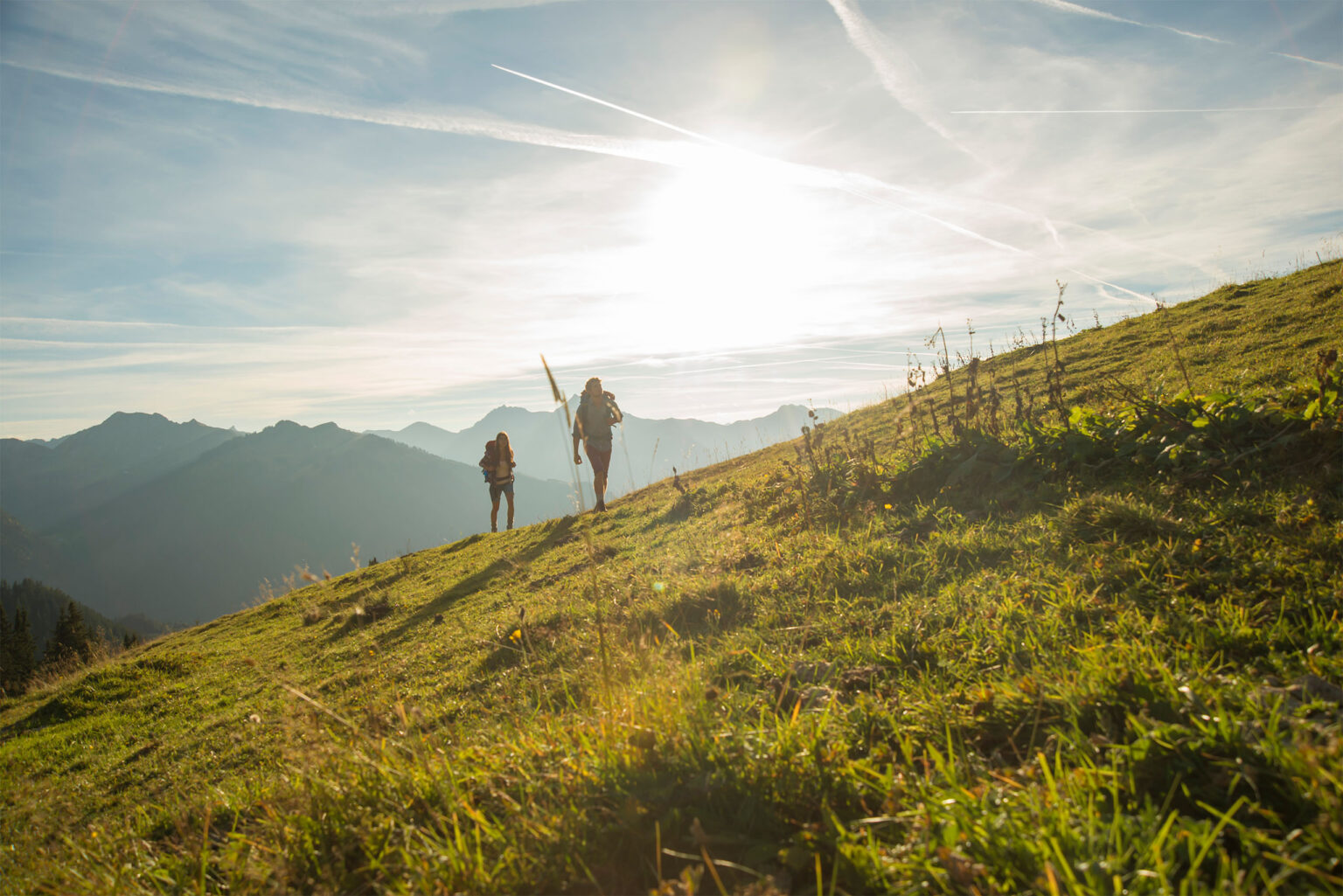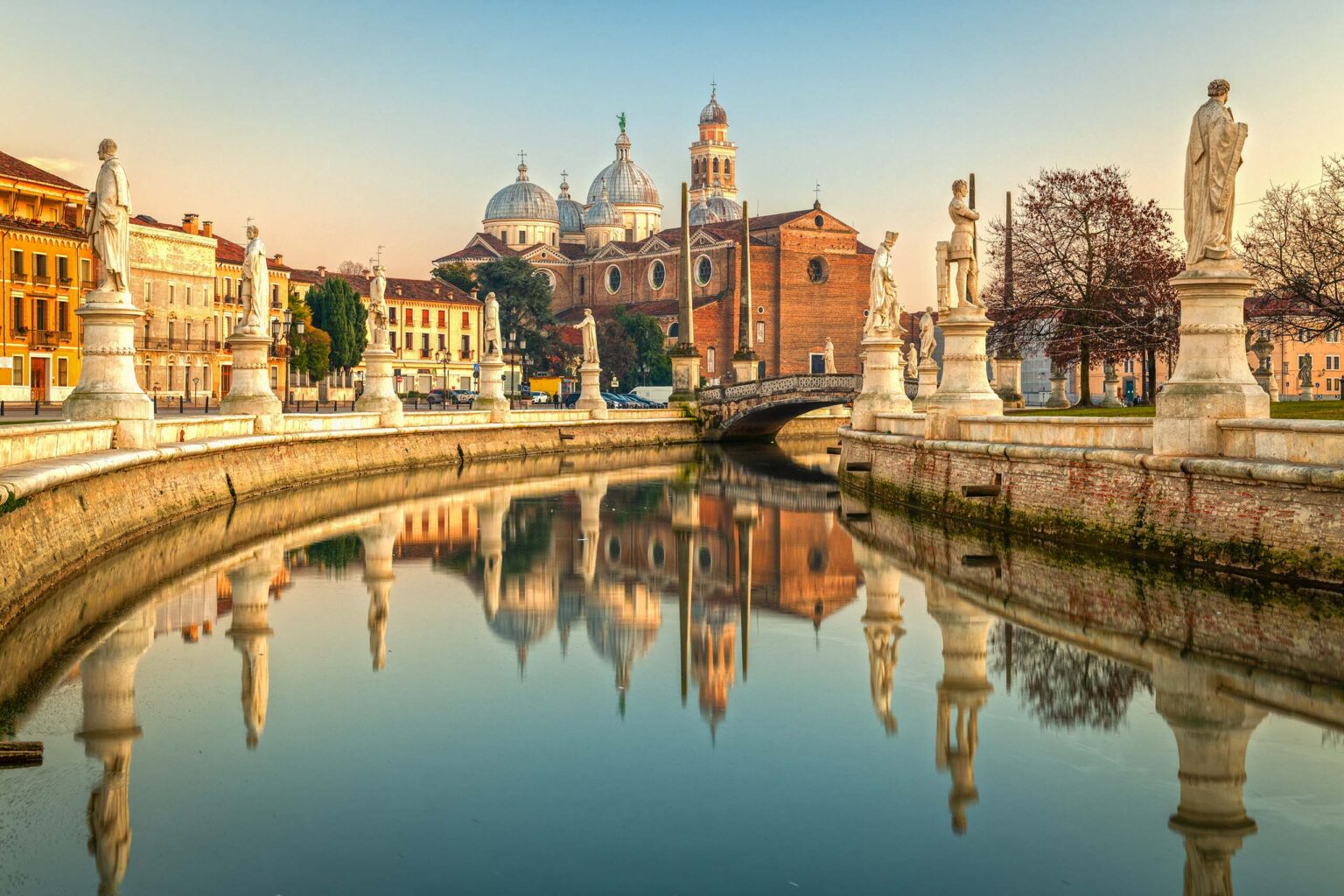Germany | Austria | Italy

The Via Romea Germanica, also known as the “Germanic Road to Rome,” is a historical pilgrimage route that traces its origins back to medieval times. This ancient pathway spans across Germany, Austria, and Italy, ultimately leading pilgrims to the Eternal City of Rome.
Initially established as a means for medieval pilgrims to journey to the tombs of the apostles in Rome, the route has evolved over the centuries. Today, the Via Romea Germanica attracts modern-day pilgrims, hikers, and history enthusiasts alike, offering a unique opportunity to explore cultural heritage, picturesque landscapes, and diverse communities along its path. Whether one embarks on the journey for spiritual reasons or simply to immerse themselves in the rich history of Europe, the Via Romea Germanica promises a memorable and enriching experience.
Total length: 2,200 km / 1367 mi
Total stages: approx. 60-70
Departure: Stade
Arrival: Rome
The history of the Via Romea Germanica traces back to medieval times when pilgrimage routes were established across Europe to facilitate the journey of devout Christians to important religious sites. The Via Romea Germanica specifically served as a route connecting the Germanic regions with the spiritual center of Rome, Italy.
During the Middle Ages, pilgrimage to Rome held significant religious significance for Christians, as it provided the opportunity to visit the tombs of saints and martyrs, particularly the apostles Peter and Paul. These pilgrimages were often undertaken as acts of penance, devotion, or seeking spiritual enlightenment.
The exact origins of the Via Romea Germanica are somewhat nebulous, but it likely evolved from pre-existing trade routes and pathways used by travelers throughout Europe. Over time, these routes became more formalized as pilgrimage networks, with churches, monasteries, and other religious institutions providing support and accommodations for pilgrims along the way.
The popularity of pilgrimage to Rome peaked during the High Middle Ages, with pilgrims coming from all over Europe to visit the holy sites in the Eternal City. Along the Via Romea Germanica, numerous towns and villages developed to support the needs of pilgrims, including providing food, lodging, and medical care.
However, with the decline of pilgrimage in the late Middle Ages and the advent of more secure trade routes and transportation methods, the Via Romea Germanica fell into disuse and was largely forgotten.
In recent decades, there has been a renewed interest in pilgrimage routes as cultural and historical treasures. Efforts to revive and promote the Via Romea Germanica have led to its rediscovery by modern pilgrims, hikers, and history enthusiasts. Today, the route offers a unique opportunity to experience the rich cultural heritage, diverse landscapes, and historical significance of Europe while retracing the footsteps of medieval pilgrims on their journey to Rome.
Below you will find an overview map of the entire Via Romea Germanica, from Stade in Germany all the way to Rome. Please be aware that this map may not be 100% updated, so when planning your adventure along this itinerary we always recommend to also check the single stages on the official website.
Are you looking to download the GPX tracks for the Via Romea Germanica on your mobile device?
For the German part of the route, we recommend you visit the website of the German Via Romea Germanica Association. There, under “PilgrimRoute”, you will be referred to the OutdoorActive website where you can view and download the single GPX tracks.
If you are planning to walk the itinerary in Austria, we have found single GPX tracks for these stages here on Wikiloc.
For the Italian stages of the route, please refer to the Italian Via Romea Germanica Association’s website which you can find by clicking here. On their website you can download GPX tracks for each region the route crosses.
The most developed part of the Via Romea Germanica is the Italian part of the route.
The itinerary in Italy is entirely waymarked with stickers featuring an orange arrow on a white background and with aluminum plates displaying the Via Romea Germanica Association’s symbol and the inscription “VIA ROMEA.”
For the German and Austrian part of the route, as well as for the Italian part, we always recommend you carry GPX tracks on a mobile device with you as well as the official Via Romea Germanica guidebook from Terre di Mezzo (from the Brenner Pass to Rome).
The Credential, or pilgrim passport, certifies one’s status as a pilgrim. By obtaining the Credential, the applicant commits to behaving respectfully toward those who provide hospitality and to individuals encountered along the route. It also grants access (and sometimes discounts) to hostels and shelters for pilgrims, as well as benefits in places where there is an agreement between local operators and the Via Romea Germanica Association.
The Credential displays the place and date of departure and arrival, along with stamps collected along the way, serving as evidence of the journey undertaken. Additionally, it serves as a valid document for obtaining a certificate upon completing the pilgrimage to Rome, known as the “Testimonium”. The Testimonium is awarded exclusively to those undertaking the pilgrimage on foot, by bicycle, or on horseback. For more details on where to get your Testimonium, please check the Via Francigena page on this website.
The Credential is issued by the Via Romea Germanica Association via postal service upon request via email at credenziale@guidaromea.eu. For more information please click here.
If you are starting your journey in Germany, you can also contact the German Association who have this dedicated webpage for the Pilgrim Passport.
The Testimonium is an official certificate that confirms the successful completion of a pilgrimage to Rome. It serves as the equivalent of the “Compostela,” which is awarded upon completing the Camino de Santiago pilgrimage.
For more information on where exactly you can collect your Testimonium upon arrival in the Vatican, please check the “Testimonium” section on the Via Francigena page on our website.
Click here for a list of places where to sleep and where to eat along the Via Romea Germanica in Italy (last updated on 20 August 2023). In the first column of the document:
“C” stands for camping
“E” stands for eating
“P” stands for pension (sleeping + eating)
“S” stands for sleeping
Click here for more information on accommodations along the German stretch of the itinerary.
Please be aware that these lists may not be completely updated. We therefore recommend you always keep an eye on other websites as well, such as booking.com or airbnb.com.
We also recommend to book a couple of days in advance, to make sure you have a place to sleep for the night.
Unfortunately no guidebook is available yet for the entire route of the Via Romea Germanica.
There are two guidebooks available for the Italian part of the itinerary:
Terre di Mezzo
La Via Romea Germanica (in Italian)
EAVRG
Official Guide to the Via Romea Germanica: on foot or by bike through history and nature from Brenner to Rome
For more information on the Italian part of the route, click here.
For more information on the German part of the route, click here.




© 2023 All Rights Reserved.